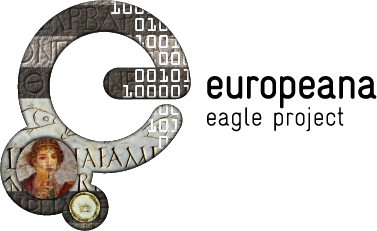=> GO TO THE VOCABULARY <=
This hierarchic Vocabulary relies on the definitions of the Simplified Petrography in Salzburg. Another classification can be found in CIL Material Glossar. No Definitions can therefore be found here.
Most of the Alternative Terms in Bulgarian, Turkish, Croatian, Suomi, Arabic and Modern Greek come from the EpiDoc Consortium efforts.
The vocabulary is hierarchically designed to allow for both precise and generic definition, as well as for several types of uncertainty. In many cases, for example for precious/exotic materials (onyx, gold, etc.) precision is possible and desirable but for most banal materials only basic distinctions will generally be possible. In many cases scholars in epigraphy do not seek to decided whether a base was of Proconnesian or Thasian marble, nor to decide exactly what kind of stone the local material was (generally a form of limestone), in such cases, according to us, we shall be able to be as precise as possible, but the best practice is to allow for different levels of depth of the information which might be meaningful only in some cases.
A result of this approach has also been that this vocabulary should also be a fairly complete list of possible material on which an inscription from antiquity can be found.
Many problems are involved with this kind of classification as well. ”Arcilla” for example is not in the same ”class” as “terracotta, inscribed brick, etc”, because it pertains to the material in which the inscription was written or carved in, that is, like “stone, metal or wood”. There are also specific terms which could be assimilated but are not, like ”Lumaquela”, the local name for the stone in which most of the inscriptions from Tarraco were carved in.
URI: http://www.eagle-network.eu/voc/material.html
Languages attested: la, it, en, de, es, fr, bg, tr, el, ar, hr, fi, hu
Date of creation: 11/10/2013
Terms: 635
